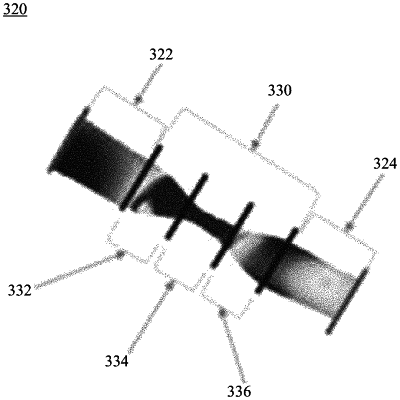| CPC G06T 7/0014 (2013.01) [G06T 7/11 (2017.01); G16H 30/40 (2018.01); G16H 50/30 (2018.01); A61B 5/0066 (2013.01); A61B 5/0263 (2013.01); A61B 6/507 (2013.01); A61B 8/065 (2013.01); A61B 8/12 (2013.01); G06T 2207/30048 (2013.01); G06T 2207/30096 (2013.01); G06T 2207/30104 (2013.01)] | 20 Claims |

|
1. A computer-implemented method of determining a risk of myocardial infarction associated with a coronary lesion of a patient, the method comprising:
receiving a patient-specific coronary model of at least a portion of a vasculature of the patient, the patient-specific coronary model including a geometrical representation of the one or more arterial segments;
the patient-specific coronary model including one or more characteristics associated with each arterial segment;
segmenting each lesion site disposed along at least one arterial segment of the one or more arterial segments into three or more sections;
each lesion site including a lesion;
the segmenting of each lesion site into the three or more sections is based on a location of the lesion of each lesion site relative to corresponding arterial segment;
the three or more sections for each lesion site includes a proximal section, the proximal section being adjacent to inflow boundary of the corresponding arterial segment;
determining one or more characteristics for at least of the proximal section of each lesion site using at least the one or more characteristics associated with the at least one arterial segment;
the one or more characteristics for at least the proximal section including one or more hemodynamic force characteristics;
providing for display a user interface for allowing user selection of one or more of the lesion sites; and
modifying the coronary model in connection with simulating a virtual treatment of the one or more of the lesion sites.
|